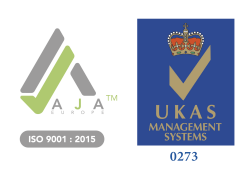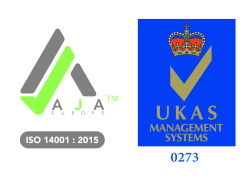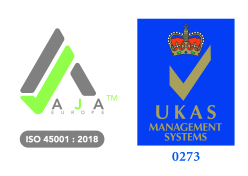Online Training: The five foundations of effective, modern, company training
The five foundations of effective, modern, company training
Technology is changing our lives, both at home and at work. In a rapidly evolving digital world, technological advances such as the internet are shaping employee training and professional development. Have you joined the online training revolution? Have you considered workplace health and safety training online?
Training should always be an evolving, changing practice. But many organisations and companies are dinosaurs whose corporate structures are resistant to change. They routinely organise corporate training days with traditional classroom-based teaching, forcing people to learn at a one-size-fits-all pace. This can be problematic since absorbing new information is a challenge and people learn at different paces; the result being that some learners will get left behind or become bored.
As well as the logistical headache of getting everyone into one place at the same time, this traditional type of training can be time-consuming and costly. And ultimately, company training comes down to the bottom line: what’s the return on investment? The good news is that it’s never cost less or been more efficient to train workers more effectively with online health and safety training.
E-learning is shown to help improve engagement and is ideal for remote workers, a rising global work-trend. Using e-learning for training can provide better value for employers and even be fun for participants (notably different to the dreaded corporate training day).
Here are five foundations of effective, modern, company training.
• Personalised learning
Historically, one-size-fits-all learning has rarely worked. With different people’s learning capabilities traversing different trajectories, it makes sense to allow learners to learn at their own pace. By targeting specific health and safety training courses towards individual workers (rather than groups) and providing them with the means to complete the training at their own pace on their own terms, it is far more likely that knowledge transfer will be effective.
• Microlearning
Any complex subject can be broken down into microlearning or “bite-sized learning” ie smaller, specific modules that are easy to digest. Bite-sized modules enable quick and effective online health and safety training and are particularly suited to mobile learning. Bite-sized online training is popular with modern learners because it can be fitted into busy working schedules. Research shows that the Millennials (those born between 1980 and up to the late 1990s, who will form 50 per cent of the world’s workforce by 2020) have shorter attention spans because they are accustomed to fast internet, information retrieval, and media on demand. Bite-sized training can quickly be completed without being distracted.
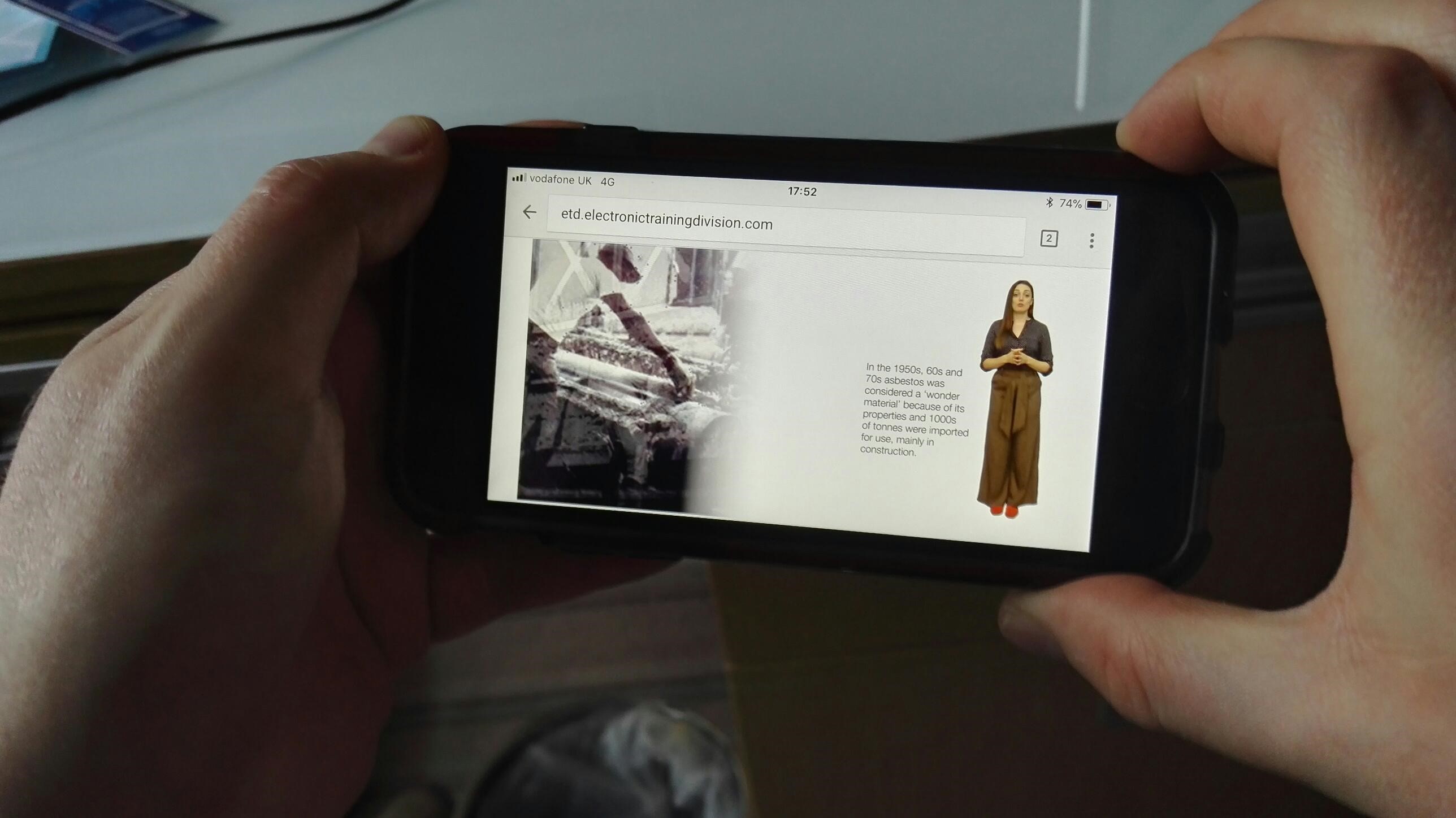
• Mobile learning
The near-ubiquity of smartphone ownership has an impact on modern online health and safety training in the workplace as the mobile-first learner needs to be accommodated. Mobile learning happens on a smaller screen than conventional desktops and is, unsurprisingly, undertaken by people “on the go” (mobile training is an ideal forum for bite-sized learning as it is harder to concentrate for prolonged periods on a smaller screen). Smartphones and tablets allow workers to receive company training on their own device (which they are comfortable using), wherever they are, at their own convenience. They don’t need to spend hours trying to absorb information all at once when they have access to a video which they can consume in 10-minute modules. Cloud-based distribution of training courses also replaces the need for the complex logistical organisation of traditional training.
• Gamification
Adding game elements makes e-learning more effective. Gamification gives another dimension to health and safety training online. Rather than just watching videos or answering questions, the user interacts with the training through games, which increases responsiveness to the course material. Businesses can also provide incentives to complete a health and safety training course before a cut-off date and award prizes to the best performers.
Games are especially beneficially to learners who are kinesthetic because they have to take action and engage with the content. People’s learning styles can be broken into three major categories which are auditory, visual and kinesthetic (tactile). The auditory is the person who learns best by hearing, the visual is the one who learns best by seeing while the kinesthetic learner processes information best by doing. Incorporating gamification into the e-learning model covers the three major learning styles
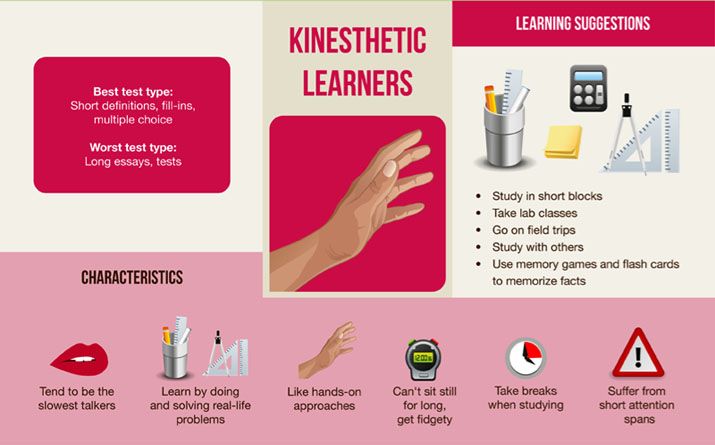
• On-demand learning
When health and safety training is enabled at the “point-of-need”, learners are more likely to see the training as something useful rather than something they have to endure. If an employee is about to start work with new equipment or at a new location, the ability to access essential health and safety training online at point-of-need is also extremely advantageous to employers. When a new member of staff comes on board it’s quicker and more convenient to access digital training which is an essential part of the induction process.
By providing health and safety training courses in a mobile format when the learner needs them the offering becomes even more powerful. The course, or elements of it, can be taken as a refresher whenever needed. This just-in-time flexibility gives the learning a built-in context that embeds the information into long-term memory and gives it real significance and personalized emphasis. With e-learning / online health and safety training it is also easier to update knowledge with refresher courses when they are needed.
To sum up: While it can be hard to stop the old tried-and-tested methods / standard operating procedures within a business, there are now more modern alternatives readily available. For business owners and employers, embracing online health and safety training couldn’t be easier with training providers like ETD.
It’s also a win-win in terms of reducing costs, convenience and flexibility, while simultaneously keeping employees engaged, happy and feeling valued; boosting performance.
For your online health and safety training solutions browse our courses library https://www.etdtraining.com/lms.





